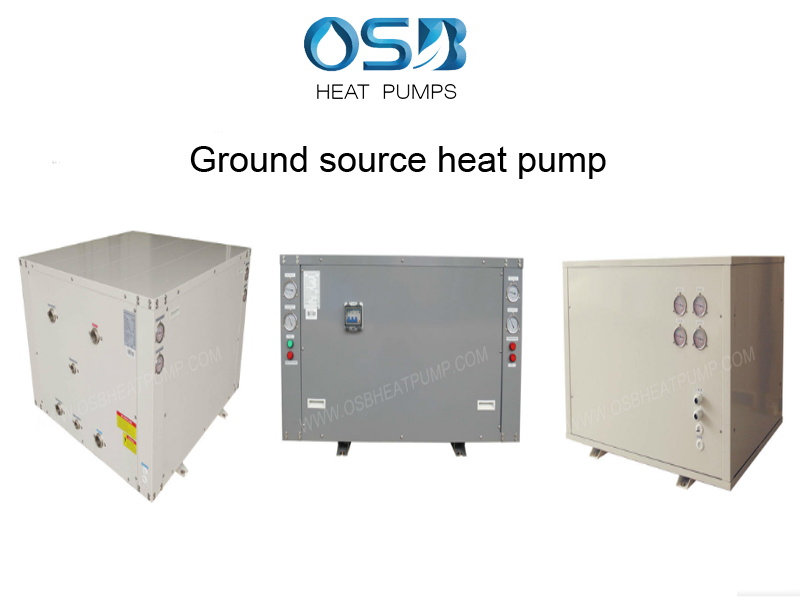D. Advantages of Ground Source Heat Pumps:
The working principle of the ground source heat pump central air conditioning is to make full use of the characteristics of the subsurface soil and water resources with constant temperature and large compensation. It creates an excellent working condition for the air conditioning unit. In the process of refrigeration, the unit replaces the heat in the air conditioning space and brings it into the ground to be absorbed by the soil or water source. The heating time is right. Group B converts the heat energy from underground soil into the space needed for heating; because of the large enthalpy of underground soil and the suitable selected temperature, the unit's working efficiency is greatly improved; its COP (energy efficiency ratio) value is more than 3.8 in heating and 5.2 in refrigeration, and its energy saving is up to 30 compared with ordinary central air conditioning. % - 50%, thus achieving the effect of high efficiency and energy saving; the unit in the process of working noise, water consumption, no generation of any waste and pollutants, environmental protection effect is remarkable; the unit installation is simple, occupies a small area and eliminates the outdoor cooling tower, so that the maintenance volume is minimal, the investment cost is greatly reduced, is the most economical air-conditioning technology today.
Water source air conditioning can use surface water, such as lakes, rivers and so on.

E. The difference between water source heat pump and ground source heat pump in well drilling:
Drilling design rules of groundwater source ground source heat pumps and ground source heat pumps with buried pipes:
Source: Well head interval is more than 4 meters, DN32 pipe buried, pipe U, material PE, well depth 60-180 meters, wellhead diameter 160-200 mm.
Water source: spacing more than 15 meters, using large diameter single pipe, material PE, well depth 60-150 meters, wellhead 400 mm. According to different geological conditions, each water intake well is equipped with 2-15 reinjection wells.
Geological characteristics can be obtained from relevant departments or a research well can be drilled first.
For example, if the refrigeration capacity is 1200KW:
Ground source heat pump: need 180, 100 m deep buried wells, using DN32, PE, dual U tube.
Water source heat pump: need 3 ports, 60 ~ 150 m (according to the groundwater level, the state regulations do not allow more than 150 m) For water supply wells, 3 to 15 recharge wells are needed for each water supply well (determined by geological structure).

